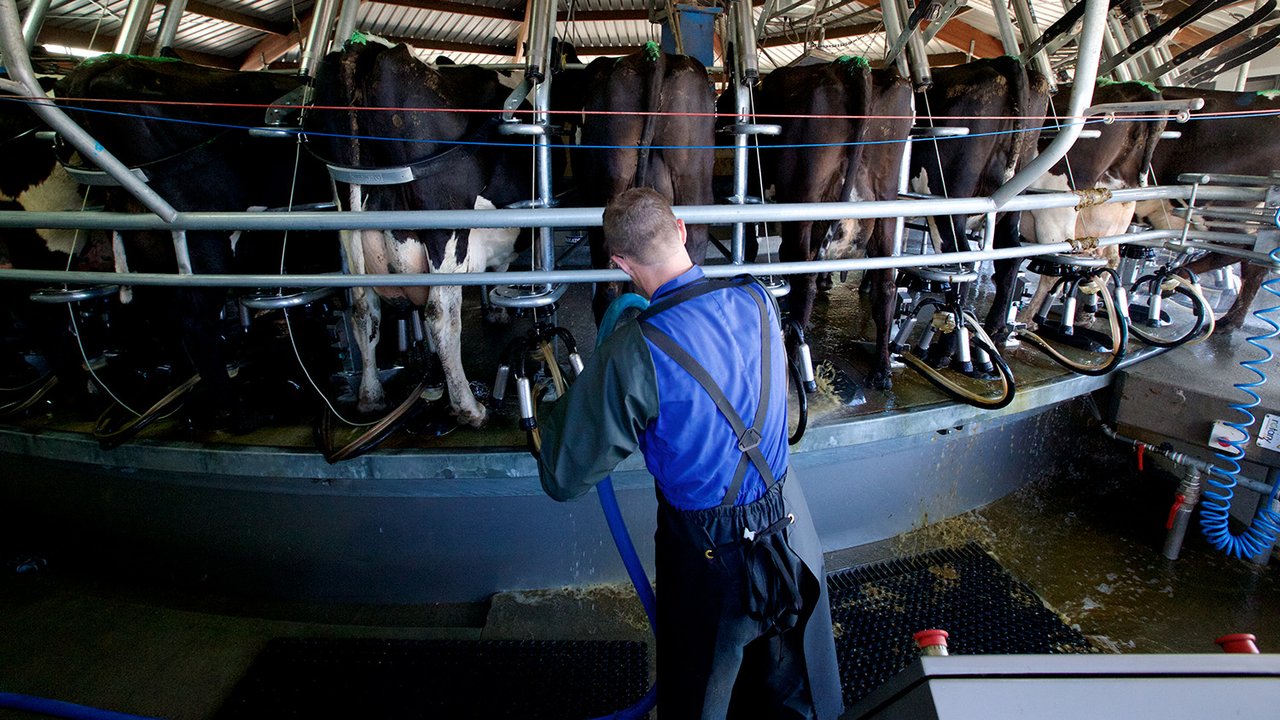Many farmers agree that both somatic cell count and production worth play a significant role in per-cow profit margins.
But somatic cell count (SCC) and production worth (PW) have traditionally been treated separately in MINDA reports – this despite being closely intertwined in practice, especially at culling time.
To make reporting more seamless, in February LIC added somatic cell count (SCC) as the fifth factor in its production worth (PW) calculation.
What's the info source?
As with other production traits, somatic cell data is sourced from herd testing information, but only from the cow’s first three lactations.
PW primarily focuses on information from the first three lactations so farmers can highlight the lifetime production potential of their younger cows, enabling them to make decisions on whether they should be retained in their herd.
Cows not herd tested have an ‘estimated’ somatic cell score production value, based on ancestry information only (and heterosis effects if the animal is a crossbred).
The associated reliability is relatively very low, indicating the lack of available information.
New Zealand Animal Evaluation Limited (NZAEL) provides the economic values for all PW traits including somatic cell, based on the national and industry good economic models it operates.
What does this mean for your cows?
Since February, farmers may have noticed changes in the PW of their cows after the Animal Evaluation updates, reflecting somatic cell scores from their first three lactations.
Across all breeds, half of all cows were expected to move less than 10PW.
At an individual animal level, some extreme movements may have been observed if high levels of SCCs were recorded in the earlier years of an animal’s productive life.
What's next?
Over the next 12 months, LIC’s work on PW will continue.
LIC has held off adding the fertility and BCS traits to PW so further work can be done. Specifically the co-operative needs to determine the best way to include phenotypic information (actual records, such as mating and calving data) for fertility and BCS, and how they should be valued in PW.
- Cows with ongoing issues with high somatic cells probably still eat the same, but are more likely to produce less and cost more in health treatments.
- And cows identified with low PW are likely to be of lower value to the farmer, because recorded traits suggest they will be less-efficient convertors of feed to milksolids over their lifetime.
What farmers think

It’s nice to see PW heading in a direction which gives a picture of the cow’s profitability as a whole – the big picture, including her health and her fertility. The PW calculation seems set to become a lot more comprehensive.
Michelle Burgess, 350 cows, Te Poi

With the inclusion of Somatic Cell Count in PW, it’ll allow us (farmers) to pick our easy-care cows with more accuracy. Over the long term and across the national herd, I’m sure we’ll see overall profit margins of farmers increase as a result.
Wayne Reynolds, 515 cows, Gordonton

I’ve always believed somatic cell count (SCC) should be included in PW. We as farmers need to focus more on these traits to quickly breed cows that future generations of farmers will need.
Chris Lewis, 1150 cows, Pukeatua





